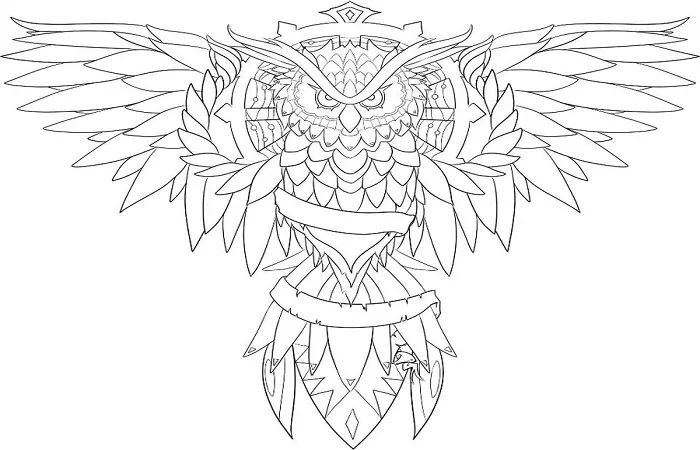Tattoos, as an art form, have existed for thousands of years, bearing cultural, religious, and personal significance. Yet, their acceptance has varied widely across societies, with some embracing them as a form of self-expression and others perceiving them as markers of deviance or rebellion. In China, tattoos occupy a contentious space, burdened with a complex stigma rooted in historical, social, and cultural narratives. Despite the recent rise in their popularity among younger generations, tattoos still evoke mixed reactions in Chinese society. This article explores the stigma surrounding tattoos in China by examining its historical roots, association with criminality, cultural misconceptions, and generational divides.
Historical Context: Tattoos as Markers of Punishment and Barbarity
To understand the stigma surrounding tattoos in China, one must first delve into their historical context. In ancient Chinese culture, tattoos were not widely embraced as a form of art or self-expression. Instead, they were often associated with punishment and barbarity. During the Qin (221–206 BCE) and Han Dynasties (206 BCE–220 CE), tattoos were used as a form of corporal punishment known as “Mo Xing” , where criminals were marked with ink to signify their crimes. These visible markings served as a lifelong reminder of their wrongdoing, socially ostracizing them and diminishing their status.
Moreover, tattoos were also linked to non-Han ethnic groups, whom the Han majority viewed as “barbarians.” For instance, certain tribes in southern China, such as the Li people of Hainan Island, practiced tattooing as a cultural tradition. However, these practices were often dismissed by the Han as primitive and uncivilized, reinforcing the perception that tattoos were incompatible with mainstream Chinese values. This historical association with punishment and barbarity continues to influence contemporary attitudes, casting tattoos in a negative light.
Association with Criminality and Gang Culture
In modern times, the stigma surrounding tattoos in China has been exacerbated by their association with criminality, particularly organized crime. Tattoos are often linked to the “triads,” Chinese organized crime syndicates, and other underground networks. These groups adopted tattoos as symbols of loyalty, identity, and rank within their organizations. Popular media, including films and television dramas, have perpetuated this stereotype by frequently depicting tattooed characters as gangsters or villains.
This criminal association has had far-reaching consequences, affecting public perceptions of tattoos. Many older generations in China view tattoos as indicators of rebellion, lawlessness, and a lack of discipline. This perception is particularly strong in conservative regions, where individuals with visible tattoos may face discrimination in employment, education, and social interactions. The lingering association with crime has created a significant barrier to the acceptance of tattoos as a legitimate form of self-expression.
Cultural Misconceptions and Misinterpretations
Another factor contributing to the stigma of tattoos in China is cultural misconceptions and misinterpretations. Traditional Chinese culture places a strong emphasis on the body as a gift from one’s parents, a concept rooted in Confucian philosophy. The belief that the body is sacred and should not be altered is encapsulated in the Confucian teaching, “The body, hair, and skin are given by one’s parents and should not be harmed”. This ideology has long discouraged practices such as tattooing, which are seen as forms of self-mutilation.
Additionally, some critics argue that the rise of tattoo culture in China is a product of Western influence, which has led to a clash between traditional values and modern trends. Western-style tattoos, often characterized by bold, intricate designs, are sometimes perceived as alien to Chinese aesthetics and values. This cultural disconnect has fueled skepticism and resistance, particularly among older generations and conservative segments of society.
Generational Divide and Changing Perceptions
Despite the deep-rooted stigma, attitudes toward tattoos in China are slowly shifting, particularly among younger generations. Millennials and members of Generation Z are more likely to view tattoos as a form of personal expression and artistry rather than a mark of deviance. Influenced by global trends, social media, and celebrity culture, many young Chinese embrace tattoos as a way to assert their individuality and challenge traditional norms.
However, this generational divide has also intensified the stigma in certain contexts. For instance, young people with tattoos may face criticism or judgment from their parents and elders, who view tattoos as irresponsible or shameful. This generational conflict reflects broader tensions between tradition and modernity in contemporary Chinese society. While younger generations are driving the acceptance of tattoos, the persistence of traditional values continues to pose challenges.
Professional and Social Discrimination
The stigma surrounding tattoos in China is not limited to cultural and familial settings; it also extends to professional and social spheres. Many workplaces in China enforce strict dress codes that require employees to conceal their tattoos. Visible tattoos can disqualify candidates from job opportunities, particularly in conservative industries such as education, healthcare, and government. Even in more liberal sectors, tattooed individuals may face biases and stereotypes that affect their career prospects.
Social discrimination is another pervasive issue. Tattooed individuals often report being judged or stared at in public spaces, particularly in rural or traditional areas. This social stigma can lead to feelings of isolation and marginalization, discouraging people from getting tattoos or prompting them to hide their existing ones.

